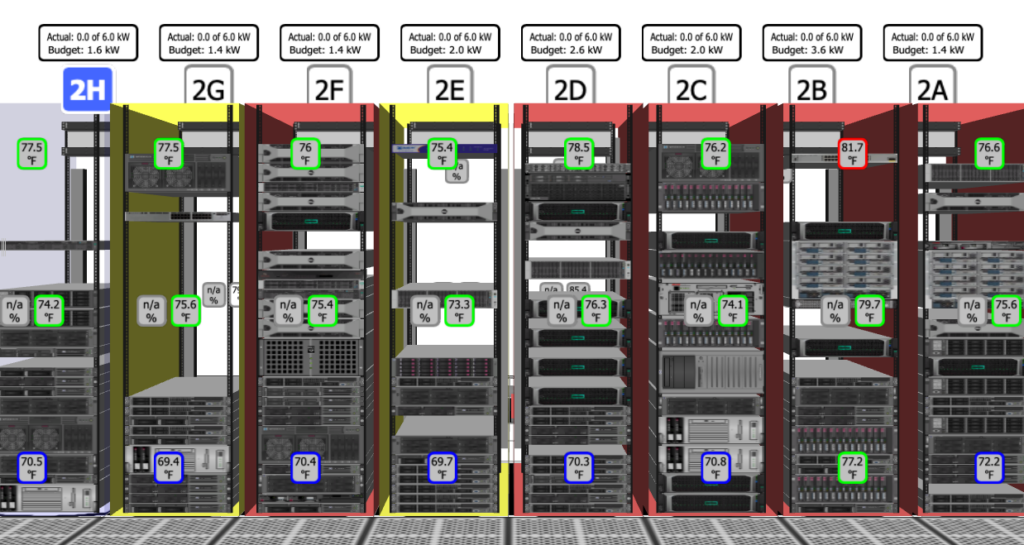Menu
Rack Elevations service

A Rack Elevations service involves the creation of detailed drawings that illustrate the vertical arrangement and organization of equipment within a rack. These racks are commonly used in IT, audio-visual (AV), and data center environments to house servers, networking gear, AV components, and other critical infrastructure. Rack elevations are essential for efficient equipment placement, cable management, ventilation, and accessibility.
What Is Included in a Rack Elevations Service?
1. Consultation and Needs Assessment:
- Inventory of Equipment: Identifying all the equipment that will be housed in the rack, including servers, switches, routers, patch panels, power distribution units (PDUs), and AV components.
- Functional Requirements: Understanding how the equipment will be used, including power, cooling, and network connectivity needs.
2. Detailed Elevation Drawings:
- Rack Layout: A visual representation of the rack showing the position of each piece of equipment. This includes the precise U-height (rack unit) allocation for each device.
- Equipment Placement:
- Front and Rear Views: Providing both front and rear elevations to show how equipment will be mounted and how rear cabling will be organized.
- Accessibility: Ensuring that frequently accessed devices are positioned at ergonomic heights.
- Weight Distribution: Strategically placing heavier equipment at the bottom to maintain rack stability.
- Cable Management:
- Routing Paths: Detailed paths for power, network, and other cables to minimize interference and tangling.
- Cable Trays and Organizers: Integration of cable management accessories to keep the installation neat and organized.
- Ventilation and Cooling:
- Airflow Management: Ensuring proper spacing and placement of vented devices to promote effective cooling and prevent overheating.
- Cooling Units: If necessary, integrating dedicated cooling solutions like rack-mounted fans or air conditioning units.
- Power Distribution:
- PDU Placement: Positioning of power distribution units to ensure that all equipment can be powered efficiently, with considerations for redundant power supplies where necessary.
- Power Load Balancing: Planning for balanced power distribution across circuits to prevent overloading.
3. Compliance and Safety Considerations:
- Building and Safety Codes: Ensuring that the rack installation complies with relevant building codes and safety standards.
- Fire Safety: Incorporating fire safety elements, such as fire-rated cabling and ensuring that the installation does not obstruct fire suppression systems.
4. Documentation and Labeling:
- Equipment Labels: Providing a clear labeling scheme for all equipment and cabling to facilitate maintenance and troubleshooting.
- Wiring Diagrams: Detailed diagrams showing the connections between devices, including network, power, and AV connections.
- Inventory List: A comprehensive list of all equipment and components in the rack, including model numbers, serial numbers, and quantities.
5. Review and Approval Process:
- Client Feedback: Presenting the elevation drawings to the client for review, gathering feedback, and making necessary adjustments.
- Coordination with Other Teams: Working with IT, facilities, or AV teams to ensure that the rack layout integrates smoothly with other systems.
6. Installation Support:
- Installer Guidelines: Providing detailed installation instructions to ensure that the rack is set up according to the elevation plan.
- On-Site Assistance: In some cases, offering on-site support to oversee the installation and ensure everything is implemented correctly.
Benefits of a Rack Elevations Service:
- Optimized Space Usage: Ensures that all available rack space is used efficiently, allowing for future expansion.
- Improved Cable Management: Reduces cable clutter and minimizes the risk of signal interference or damage.
- Enhanced Cooling Efficiency: Proper placement of equipment helps maintain optimal operating temperatures, reducing the risk of overheating.
- Simplified Maintenance: Clearly organized racks with labeled equipment and cabling make it easier to perform maintenance, upgrades, and troubleshooting.
- Compliance with Standards: Helps ensure that your installation meets industry standards and regulations, which is particularly important in data centers and commercial environments.
When to Use a Rack Elevations Service:
- Data Centers: For large-scale installations where precise organization and cooling are critical.
- AV Integration Projects: In environments like control rooms, broadcast studios, or commercial AV installations where multiple devices need to be housed efficiently.
- IT Infrastructure Projects: For any business or organization setting up or upgrading their IT infrastructure, including server rooms and network closets.
- Home Automation Systems: For high-end residential installations where AV and IT equipment is centrally managed.